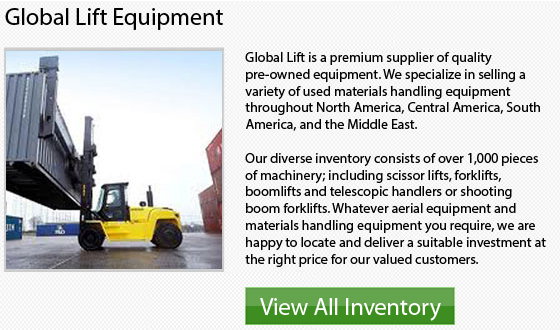
Counterbalance lift trucks are essentially forklifts that are designed with counterweight at the back of the machinery. The counterweight works to balance the weight that the forks are carrying at the front of the cargo. This particular design is engineered to stabilize conventional lift trucks. When it comes to electric counterbalance lift trucks, the battery itself forms the counterweight.
Practically every forklift producer will have in their product range, a counterbalance lift truck. These machines will come in a wide range of fuel sources, configurations, and sizes. These forklifts could with solid or pneumatic tires. They could operate in diverse applications. These lift trucks are equipped with various types of accessories. Common options and attachments comprise: fork shifts, slip sheet attachments, side shifts and hydraulic clamps just to name some items.
The counterbalance lift truck has in fact changed the whole business of material handling. These machines are vital to the shipping and receiving centers all-around the planet since they are utilized for loading, stacking, unloading and horizontal transport functions. The average warehouse forklifts are normally utilized for lift heights less than 20 feet or 6 meters. There have been some recently designed models which are capable of lifting to heights 9.5 meters or 31 feet. The smaller 4000 lbs. or 1-1.8 ton forklifts are the main workhorses in most warehouses. These are the most popular models which the majority of small businesses will have. The typical warehouse counterbalance forklift is actually a wide-aisle truck that needs about 3 meters or 11 feet to turn in.
Counterbalance forklifts are not necessarily limited to the warehouse. They are usually used for heavy use and container carrying together with pretty much every application in between. Counterbalance forklifts are the most widely utilized and versatile of all materials handling machinery.
Due to their durability and versatility, counterbalance lift trucks are commonplace in a huge range of working environments, including retail, warehousing and production. Several of the industrial applications comprise: chemical, food, automotive and timber industries.